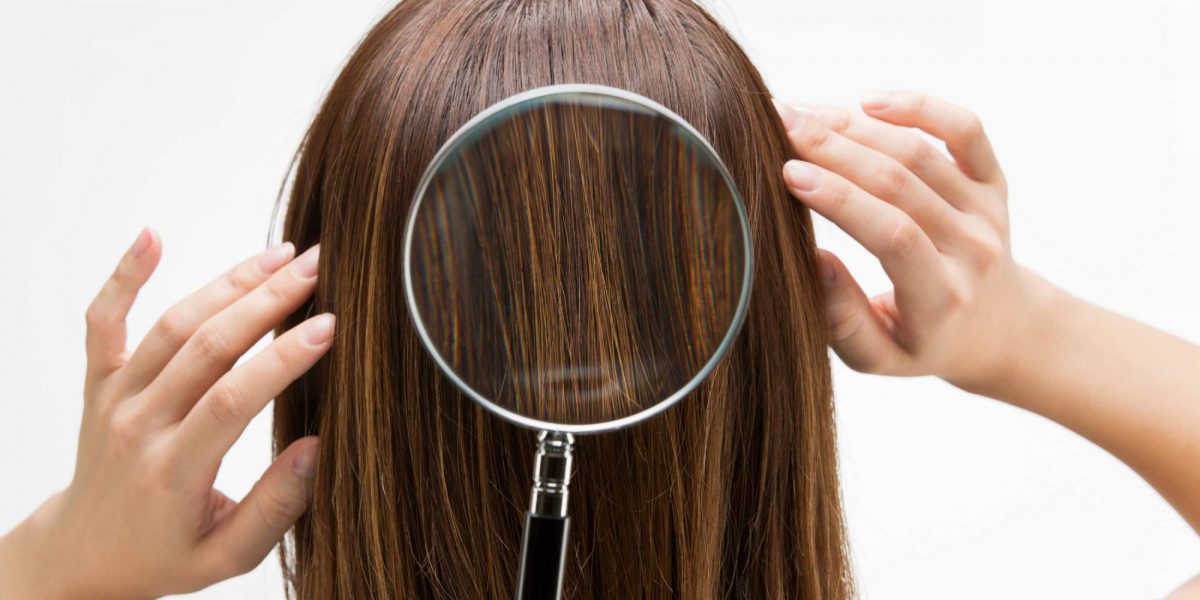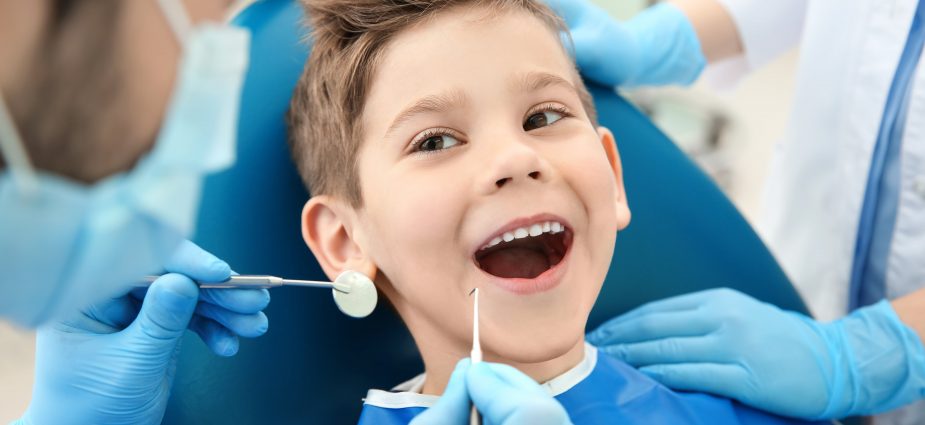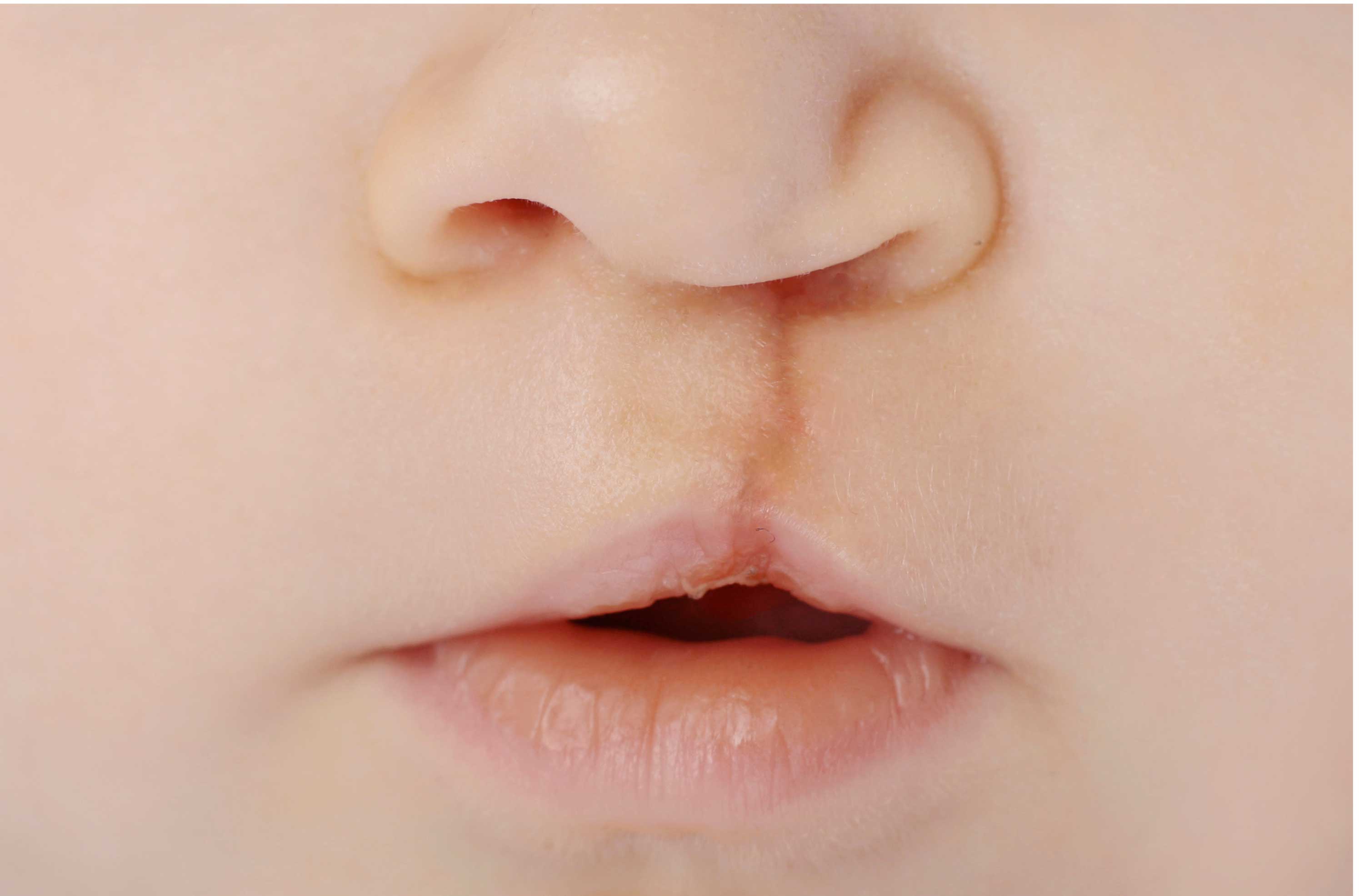Cleft Rhinoplasty is a plastic surgery that reshapes the nose of a patient who has cleft lip and cleft palate. Cleft Rhinoplasty is a complex plastic surgery as compared to a regular rhinoplasty/nose job.
Many babies are born each year with cleft lip and cleft palate deformity. A cleft lip or a cleft palate can be an impediment in the daily life of the child as it affects the speech, feeding patterns, hearing, respiration, and other such daily activities which can be a huge cause of concern.
Generally, when a baby is born with either cleft lip or cleft palate, or sometimes even both, parents do not know the course of action which needs to be followed. This is the reason Pandit Clinic’s expert and Board Certified Plastic and Reconstructive surgeon, Dr Shrirang Pandit has written a series of blogs including this one to explain in detail the multiple surgeries which are performed in order to rectify the deformity and restore normal functioning, growth, and development of the child.
The month of July is observed as Cleft Awareness month. This is the reason we have taken this opportunity to make the people aware of all the aspects encompassing the multiple surgeries involved in correcting the deformity.
Cleft Rhinoplasty is an important surgery performed in order to restore the functionality and appearance of the nose which might be affected due to the presence of cleft lip and cleft palate. This is a comparatively difficult procedure as compared to a regular rhinoplasty.
What Is A Cleft Rhinoplasty?
A cleft lip and cleft palate is the presence of a hollow space or cavity in the roof of the mouth. The cleft in the floor of the nose, wide separation of the palatal shelves affects the shape and the growth of the nose adversely. The deformity being from the intrauterine life has serious consequences on the shape and development of the nose.
This not only affects the appearance of the face but the functionality of the nose is also affected.
Cleft Rhinoplasty is a nasal reshaping surgery that corrects the abnormality of the nose caused due to the cleft lip/cleft palate birth defect.
Generally, when the first surgery is performed in order to correct a cleft lip, a primary surgical procedure is also carried on during this procedure in order to restore the shape of the nose. The immediate results can be seen as the nose appears even and symmetrical after this procedure. However, there are strong chances that during the growing years, a secondary (definitive) rhinoplasty might be necessary as the growth of the nose appears to be uneven and abnormal due to the presence of previous surgical scars, residual abnormal shape in the nasal tip cartilage, nasal bones, and nasal septum. Secondary cleft rhinoplasty is generally performed after the facial growth has been completed during 18 to 20 years of age as females and males age at different stages.
Cleft rhinoplasty is a complicated surgery due to the presence of scar tissues because of the surgical procedures carried on before in order to correct the cleft lip and cleft palate. This is the reason that the surgeon required for a cleft rhinoplasty must be very meticulous with the procedure to be performed.
How Is The Nose Affected Due To Cleft Lip Or Cleft Palate?
Some of the problems associated with a deformed nose due to cleft lip and cleft palate are:
1) The appearance of the face is greatly affected as the nose appears disproportionate with the rest of the face.
2) There is a chance of impaired nasal airflow
3) In the case of unilateral cleft lip or cleft palate, the nasal airway is smaller.
Cleft Lip Rhinoplasty addresses the functional and cosmetic problems arising due to the deformity.
How Do You Fix A Cleft Nose?
Cleft nose can be fixed by a cleft rhinoplasty. Following are some of the most common reasons why patients opt for a cleft rhinoplasty to fix the cleft nose:
- Change the size and the shape of the nostrils
- To Improve the appearance of the nasal tip
- Lengthening a short nose for a better profile
- Removing bumps or ridges from the bridge of the nose
- Improve the breathing process
What To Expect Before The Process Of Cleft Rhinoplasty?
Dr Shrirang Pandit will ask for the patient’s complete medical history including the surgical procedures performed to correct the cleft lip and cleft palate. This helps to carry out the process smoothly and without major complications. The doctor will also ask you to undergo a few blood tests in order to check for your fitness of surgery and anesthesia.
Also, the doctor will click a few pictures to analyze the difference in the result after the process is complete.
What Is The Surgical Procedure Of Cleft Rhinoplasty?
Cleft Rhinoplasty is a complicated procedure due to the presence of surgical scars from previous surgeries. There are two aspects involved in the surgery. They are as follows:
Primary Cleft Rhinoplasty
1) Primary cleft rhinoplasty is generally performed during the initial surgery for the repair of cleft lip under local anaesthesia. There is tissue deficiency and deformity. Cartilage and bone grafts may be required to build up tissue deficiency.
2) The main purpose of this surgery is to close the nasal floor and bring symmetry and evenness to the nose.
3) This helps for functional and aesthetic improvement of the nose and the face.
Secondary Cleft Rhinoplasty
1) This surgery is generally complicated and done under general anaesthesia. This helps the patient to remain calm during the surgery and not feel any pain or discomfort.
2) An open procedure is the preferred one. A small incision is made in the columella, which connects all the relevant parts of the nose to be corrected. The nasal tip is then folded upwards in order to open the nose. This is an open surgery, hence there is direct access to nasal passage airways making it easy to operate and correct the imperfections.
3) Depending upon the situation and the strength of the cartilage and bones, a variety of techniques are used in order to reshape the nose as well as improve breathing.
4) The graft material is very essential to a cleft rhinoplasty. This is important to change the shape of the nose.
5) Cartilage from the nasal septum is generally preferred as it is easiest to get and the nasal septum also requires straightening during the procedure.
6) Due to previous surgeries, the skin and soft tissue are quite stiff and scarred. This is the reason a large amount of graft is required for a cleft rhinoplasty.
7) In the case that more cartilage is required to support the nasal shape, it is harvested either from the patient’s ear or ribs.
8) In certain cases, septoplasty is also performed. This surgery aims at correcting a deviated septum that obstructs the nasal air passage. It aims at functionally altering the nose in order to ease the breathing.
9) After the desired shape of the nose is acquired, stitches or sutures are placed to seal the site.
10) Soft splints might be placed in order to support the newly formed nose contour. They also might be placed inside the nose in order to support the nasal septum.
11) Tapes and splints are placed for a span of at least 7 days after the surgery for a proper recovery.
Cleft Rhinoplasty is generally an outpatient procedure. This means that the patient can leave for home after the anaesthesia has worn off.
How Is The Recovery Like After A Cleft Rhinoplasty?
Recovery After Primary Cleft Rhinoplasty:
- Parents will be instructed on how to take care of the site of the surgery.
- Medications might be prescribed in order to alleviate pain and nullify the chances of any and all infections. These must be given as prescribed by the doctor to have a comfortable recovery.
- Feeding instructions that are given by the doctor must be followed by the parents.
- An arm restriction might be given to the baby so that it does not cause any harm to the site of the surgery.
- Certain dietary restrictions must be followed. Solid foods are not permitted for a few days. Doctors often advise on feeding liquids or purees in order to keep the recovery well on track.
- One must also take care so as to not use utensils like bottles, pacifiers, straws, etc. as it might cause an injury to the site of surgery.
Recovery After Secondary Cleft Rhinoplasty:
- After the procedure, a splint along with bandages will be used to cover the site. The splint helps to support the newly set contour. The splint and the stitches are removed after a few days.
- Rest is advised by the doctor for at least a few days in order to speed up the healing process. During this period, it is quite common to notice pain and swelling along with some black-blue marks under the eyes. These generally subside within a few days.
- Dr Shrirang Pandit will prescribe certain medications to alleviate the pain. These must be taken as prescribed.
- The doctor will also provide certain instructions regarding taking care of the site like taking a bath instead of showering, avoiding extreme facial expressions, and avoiding vigorous exercises for at least a few days.
- It takes a long time for the nose contour to take the perfect shape, hence the results are not immediately visible.
Routine follow-ups must be taken with Dr Shrirang Pandit as it helps to keep a track of the healing process as well as result visibility.
BOOK APPOINTMENT If you have any questions or need more information about a procedure, please schedule an appointment with Dr Shrirang Pandit at Pandit Clinic, Pune. You can also get in touch via panditclinicindia@gmail.com or +91 88059 80048
Smile Train Mission
You Might Be Interested In
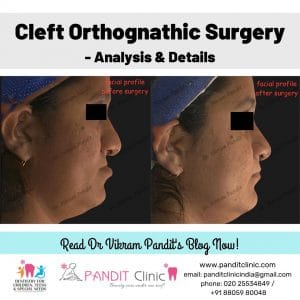
Cleft Orthognathic Surgery: Analysis & Details
Cleft Orthognathic Surgery is a surgery performed by a Oral and Maxillofacial Surgeon on a patient of Cleft Lip or Cleft Palate to reshape the
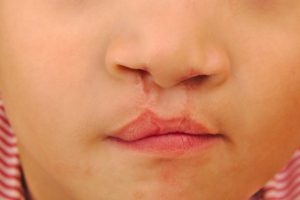
Cleft Lip & Cleft Palate: All You Need To Know
Cleft lip and cleft palate is a common birth defect. It can be seen in the form of splits in the lips and abnormal openings

Special Needs Children
Call us +91 7888229284 Home Pediatric Dentistry Dentistry for Special Needs Children At Pandit Clinic, we welcome children with special needs with open arms and

Cleft Lip and Cleft Palate
Call us +91 88059 80048 Home Plastic & Cosmetic Surgery Cleft Lip and Cleft Palate At Pandit Clinic, we have a very special expertise in



